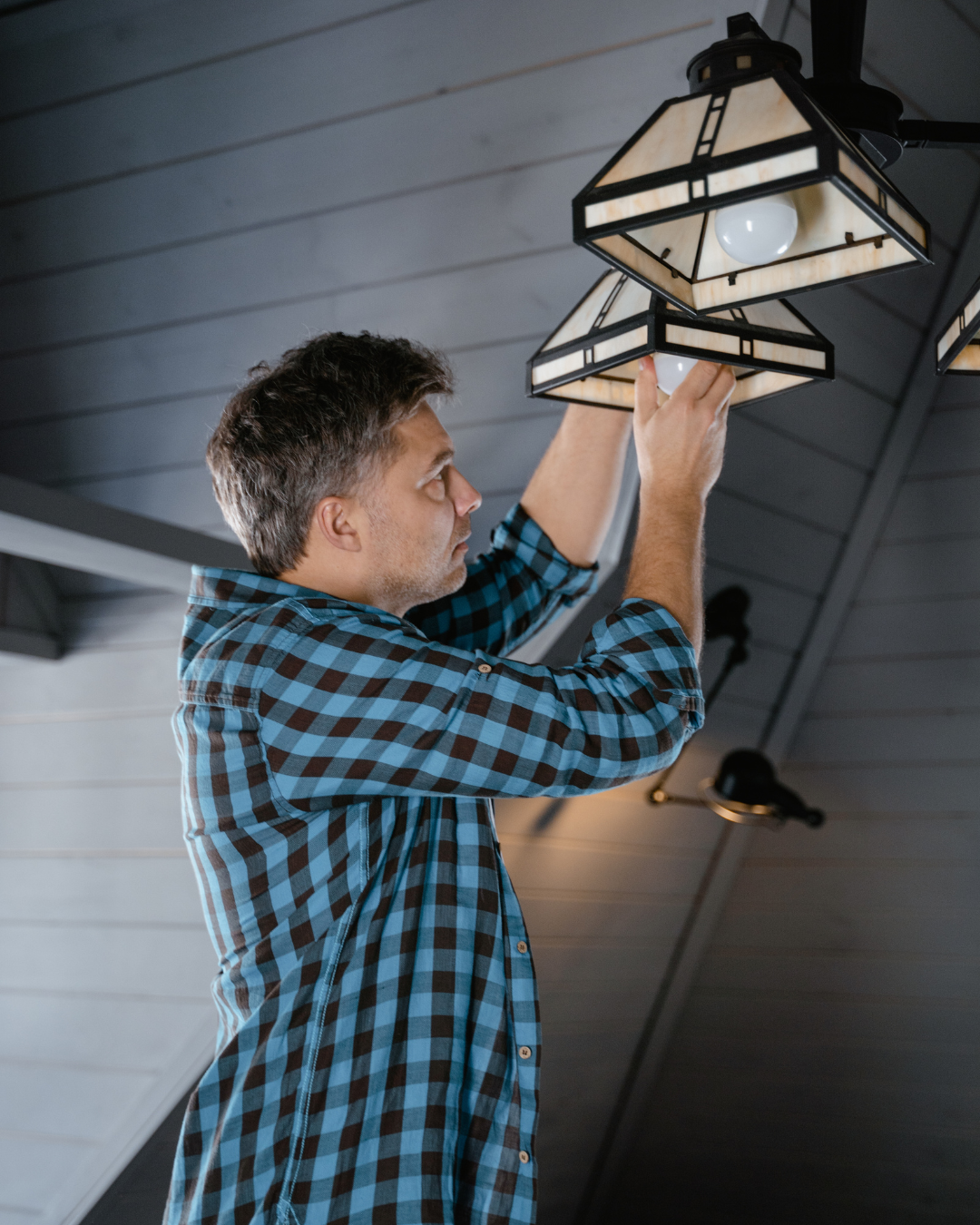Fixing Common Electrical Problems: A Comprehensive Guide for Homeowners

Electrical problems can disrupt daily life, yet many issues are straightforward to diagnose and address. Identifying common electrical problems early can save time, and money, and ensure compliance with safety standards. Whether it’s flickering lights, tripped circuit breakers, or dead outlets, these situations affect the performance of the electrical system in any home or office.
Proper troubleshooting is essential. Unresolved electrical issues not only hinder functionality but can also pose significant safety risks. Homeowners and renters alike should be aware of how to safely investigate these problems and know when it’s time to call in a professional.
Diagnosing Electrical Issues
Identifying electrical issues requires a systematic approach. This involves understanding how electrical systems function, using tools like a multimeter for troubleshooting, and recognising common signs of faults.
Understanding Electrical Systems
Electrical systems consist of various components, including circuits, wiring, and devices. Each part plays a critical role in the functioning of the entire setup.
Key elements include:
- Circuits: Pathways for electricity.
- Wiring: Conducts electrical flow.
- Devices: Appliances and fixtures using power.
Knowledge of common terms like voltage, current, and resistance is essential. Familiarity with the main components can help diagnose where issues may lie, such as identifying faulty wiring or loose connections that disrupt the flow of electricity.
Using a Multimeter for Troubleshooting
A multimeter is a crucial tool for diagnosing electrical problems. This device measures voltage, current, and resistance, providing a clear picture of circuit health.
Steps in using a multimeter include:
- Set the Device: Choose the appropriate setting depending on the measurement.
- Check Voltage: Measure across connections to identify voltage fluctuations.
- Test Resistance: Check wiring continuity, ensuring there are no interruptions.
Proper use of a multimeter helps pinpoint issues like faulty wiring or unexpected electrical shocks. Understanding how to interpret the readings accurately is vital for effective troubleshooting.
Identifying Common Fault Signs
Recognising the signs of electrical issues can prevent further damage and ensure safety. Common indicators include:
- Flickering Lights: Suggests loose connections or overloading.
- Burning Smells: Often indicate overheating wires or faulty devices.
- Electrical Shocks: Point to grounding issues or damaged insulation.
Immediate attention to these signs can avert more severe problems. Regular inspections of wiring connections can also help maintain electrical safety and performance. Addressing these symptoms early makes for a safer environment and reduces repair costs.
Resolving Circuit Breaker and Fuse Issues
Circuit breakers and fuses are essential components of an electrical system, protecting against overloads and electrical faults. Understanding how to resolve related issues is crucial for maintaining safety and functionality in the home.
Fixing a Tripping Circuit Breaker
A tripping circuit breaker often indicates an electrical fault or overload. First, identify the cause by disconnecting appliances on the affected circuit. After unplugging devices, reset the breaker by switching it back to the “on” position.
If the breaker trips again, inspect for potential issues such as damaged wiring, faulty outlets, or an overloaded circuit. It may be helpful to ensure that the total current draw does not exceed the circuit’s rating. If problems persist, consulting an electrician is advisable for a thorough inspection and repair of the electrical system.
Replacing Blown Fuses
Blown fuses interrupt the flow of electricity and require replacement to restore function. Begin by turning off the corresponding circuit before removing the blown fuse. Check the fuse for visible signs of damage, such as a broken filament or blackened appearance.
Select a fuse with the same amperage rating. Installing an incorrect rating can lead to further issues. Once the new fuse is in place, restore power and test the circuit. If it blows again, further investigation is needed to identify underlying issues like short circuits or faulty devices.
Repairing and Replacing Components
Repairing and replacing electrical components is crucial for maintaining a safe and functional system. Essential tasks include addressing issues with outlets, switches, and wiring to ensure reliable electrical connections.
Outlets and Switches
Outlets and switches are often the most interacted-with components in an electrical system. When dealing with faulty outlets, he should first turn off the power at the circuit breaker. A common issue is a damaged outlet, which may require replacement if there are burn marks or if it feels loose.
Switches can also wear out over time. Signs of malfunction include flickering lights or switches that do not respond. Replacement involves removing the cover plate, unscrewing the switch, and disconnecting the wires. It is essential to note the wire configuration for correct reinstallation.
Wiring and Connections
Wiring issues are often at the root of electrical problems. Damaged wiring can lead to shorts or complete failures. He should inspect wires for visible wear, fraying, or exposure. In cases of damage, the affected section must be cut out and replaced with a new wire of the same gauge.
Connections are equally important. Loose or corroded connections can lead to intermittent power loss. He should check junction boxes to ensure that all connections are secure and free from corrosion. Properly secured connections help maintain system integrity and prevent future issues.
Preventive Maintenance and Professional Services
Routine care of electrical systems is essential to ensure safety and efficiency. Preventive maintenance can significantly reduce the occurrence of common electrical problems and help maintain optimal performance.
Regular Maintenance Procedures
Regular maintenance involves systematic checks of electrical systems to identify potential issues early. This includes:
- Visual Inspections: Checking for frayed wires, loose connections, or obvious wear and tear.
- Electrical Inspections: Conducting periodic comprehensive assessments by a licensed electrician to identify hidden problems.
- Testing Circuit Breakers: Ensuring breakers are functioning properly to prevent overloads.
- Identifying High Energy Bills: Monitoring energy usage can reveal inefficient appliances or circuits.
Executing these procedures helps in enhancing electrical safety and reducing the risk of costly electrical repairs.
When to Contact a Professional Electrician
Several signs indicate it is time to call a professional electrician. These include:
- Flickering Lights: Suggests potential wiring issues or overloaded circuits.
- Tripped Breakers: Frequent circuit breaker trips may indicate a serious problem requiring expert diagnosis.
- Burning Smells: This could signify overheating wires or faulty electrical components.
- Unusual Sounds: Buzzing or crackling noises from outlets or devices necessitate immediate attention.
Engaging a licensed electrician ensures that repairs are performed safely and up to code, protecting both the property and its occupants.


